
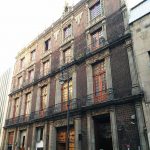
相近 0.09 kms.
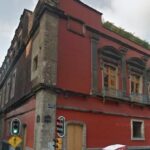
相近 0.09 kms.
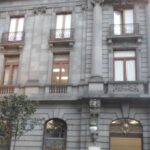
相近 0.10 kms.
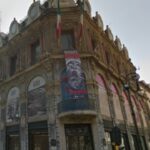
One of Avenida Madero's most famous corners . . .
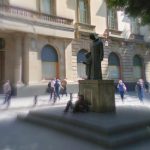
One of the unusually placid streets in the Historic Center . . .
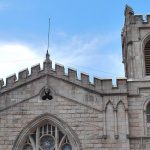
A historic Methodist church on the Avenida Balderas . . .
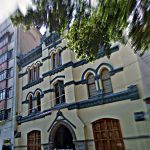
A historic Methodist church in the old grand cloister of San Francisco . . .